Thinking About the Environment in Southeast Asia
One thing that Dan and I were completely unprepared for when we arrived in Vietnam was the air quality. When I think of places with serious air pollution problems I think of Beijing, Mexico City, and India. We had been to nearby Thailand a few years ago and the air was fine so it didn’t even occur to me that the air quality would be noticeably bad in Vietnam – but it was. When we arrived in Ho Chi Minh City the smog was visible in the air and it only got worse as we moved north toward Hanoi. In addition to the air just being generally smoggy, in big cities like Ho Chi Minh and Hanoi the millions of motorbikes spew exhaust that can’t be avoided as you walk around town. The locals are often seen wearing fabric face masks but I question whether these do anything to actually filter the dangerous particles that they are breathing all day long.
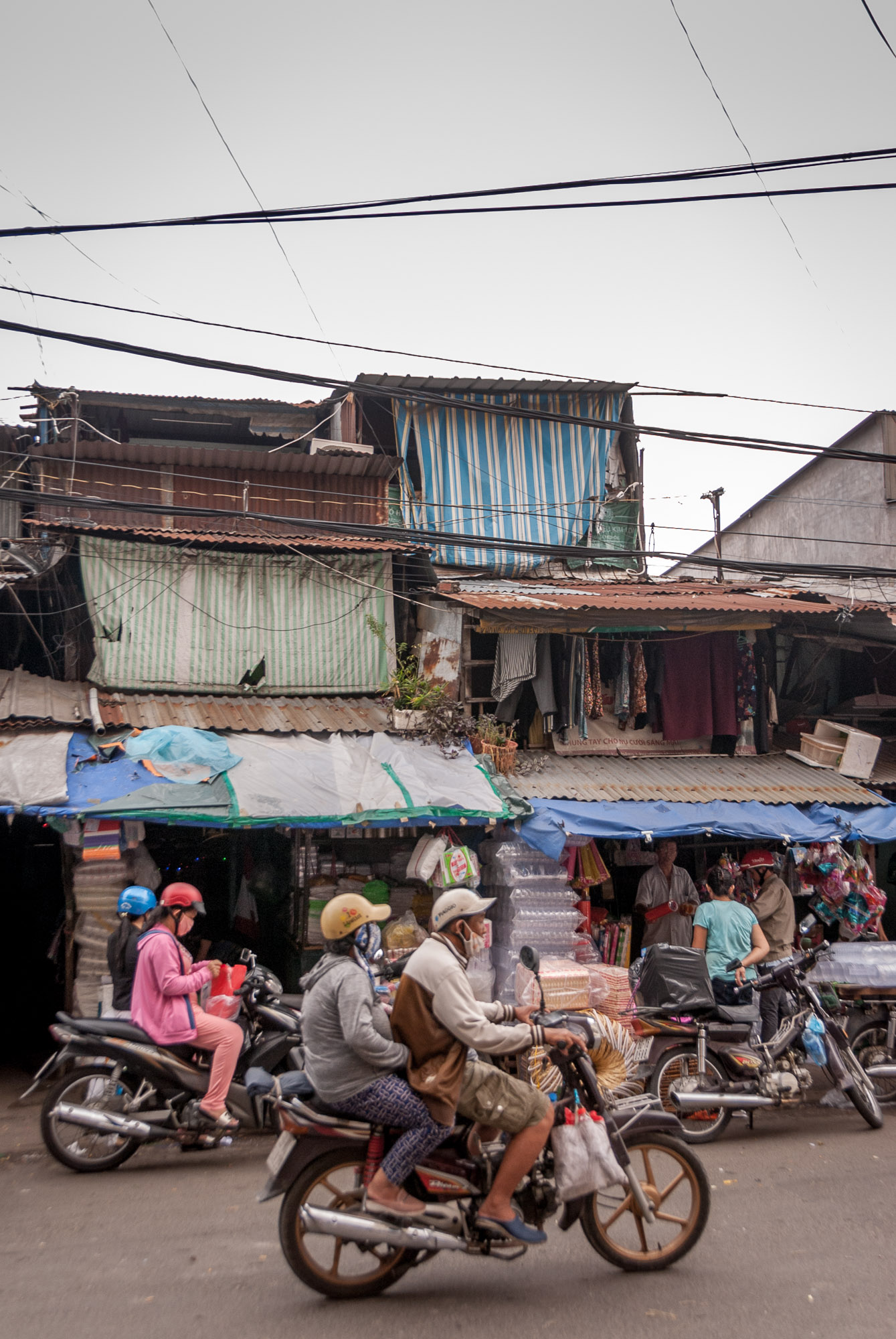
In Hanoi we finally got an opportunity to talk to one of our tourguides about this issue and ask how the locals felt about it. He explained that the Chinese are starting to worry about their air quality and thus limiting the number of factories they are allowing. Meanwhile, Vietnam, a far less wealthy nation than China, is saying ‘come on over!’ – their government is excited about the income from increased manufacturing and, at least at this point, is less concerned about the consequences. Looking at the labels on many of the products I own, especially clothing, the ‘Made in China’ label that used to be ubiquitous has been replaced by ‘Made in Vietnam’. While the locals aren’t thrilled about they bye-products in their air they don’t seem to feel like it is something they have any control over. The general feeling seems to be that the government is corrupt and out to make as much money as possible.
In addition to the air pollution, the proliferation of factories in Vietnam has also led to a proliferation of cheap, largely plastic goods. We saw pallets of plastic straws, mountains of styrofoam to-go containers, towers of little plastic stools, and stands bursting with fake flowers. Every market was filled with what I can only describe as crap that will be used for a bit before it quickly falls apart and is discarded. Which brings me to the other thing that shocked me about Southeast Asia: the trash.
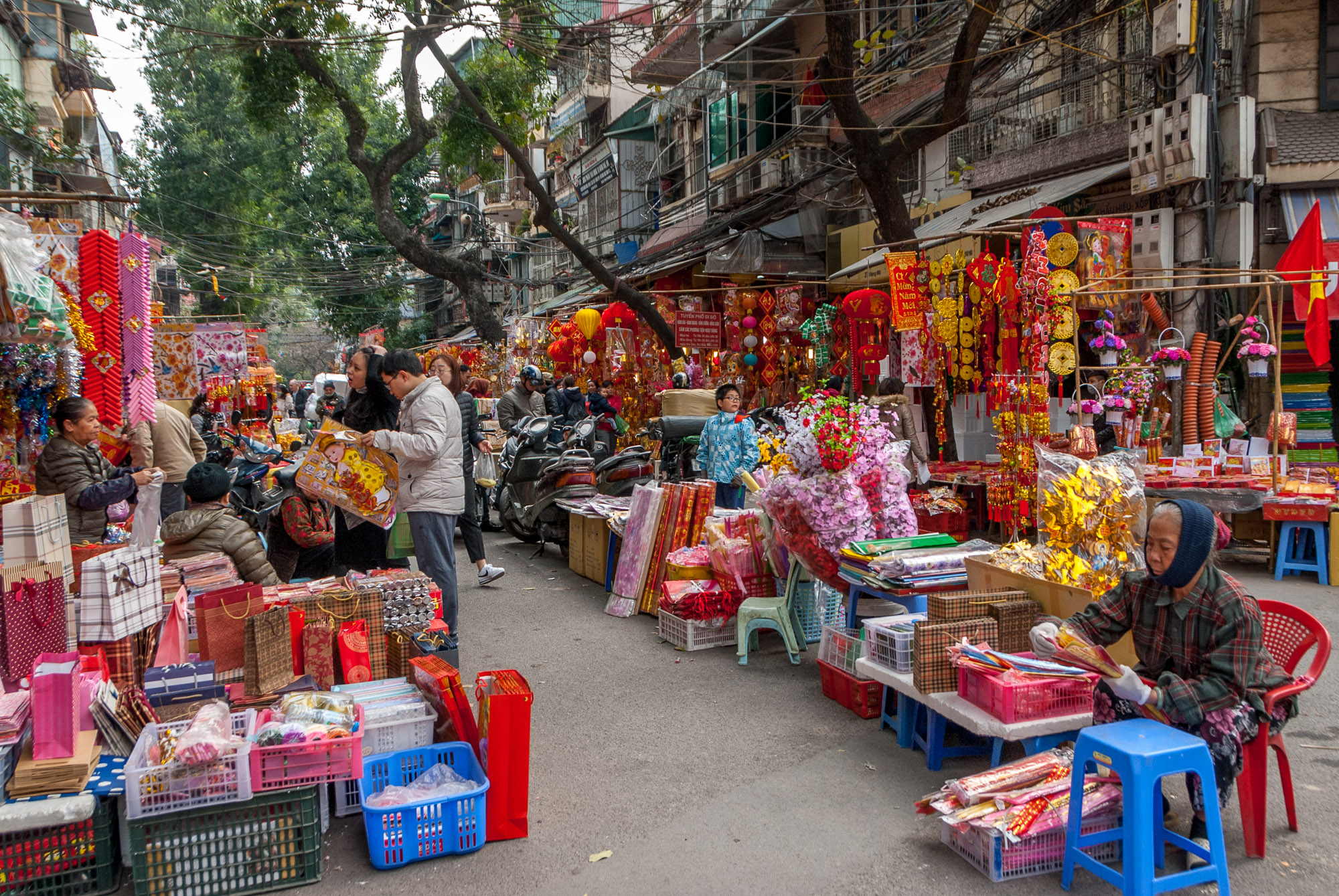
Saigon and Hanoi could be described as dirty cities; there was often trash on the sidewalks and in gutters but, hey, this is certainly true in San Francisco and many major US cities too so we didn’t think much of it. Then we headed down to the Mekong delta to do our floating market tour. While we were in our boat cruising around the market we would have to stop every 20-30 minutes because our boat’s propeller had gotten entwined in a plastic bag. The river delta was literally full of floating trash. The worst part was watching other boats, who, when encountering the same problem, would spend a few minutes cutting the bag away and then would throw it right back in the river. It was hard to see such a beautiful place marred by so much debris, but more worrisome than the aesthetic detriment is the fact that the people living here depend on this waterway as a food source and it is the locals who will be hurt the most as the pollution starts to effect the ecosystem.
Then we got to Cambodia where the trash problem seems to be even worse. As soon as we left the tourist centers it was everywhere, in huge heaping mounds. At Monkey Maya the section of the beach closest to the hotel was relatively clean but the further we explored the more trash we found on the shore and washing in and out of the ocean with each wave.
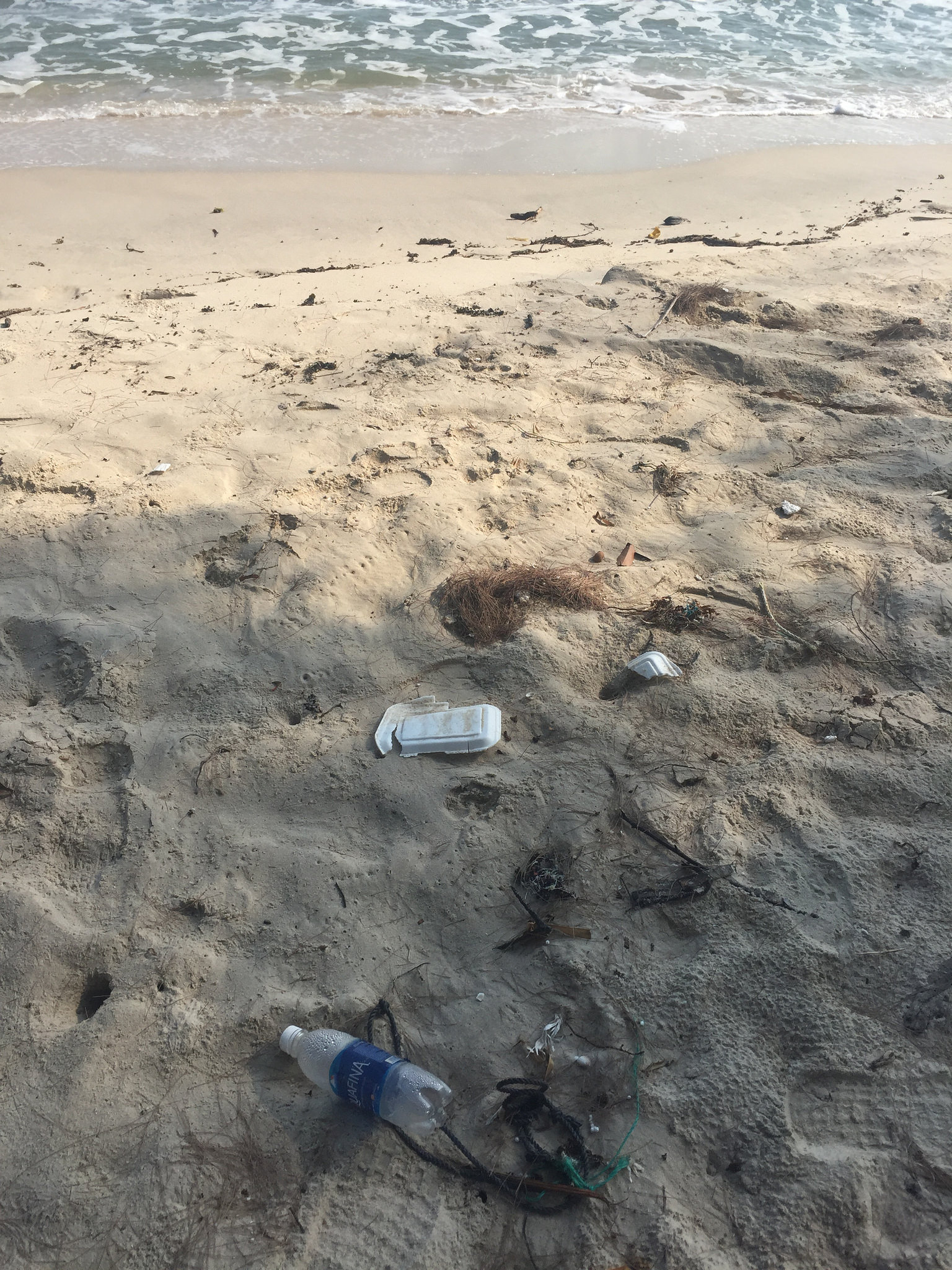
And this was in a national park! It was horrifying. I’m not even sure where all this trash was coming from as the beach was mostly deserted but perhaps someone was dumping it there or it had just built up over time as no one had ever come to pick it up.
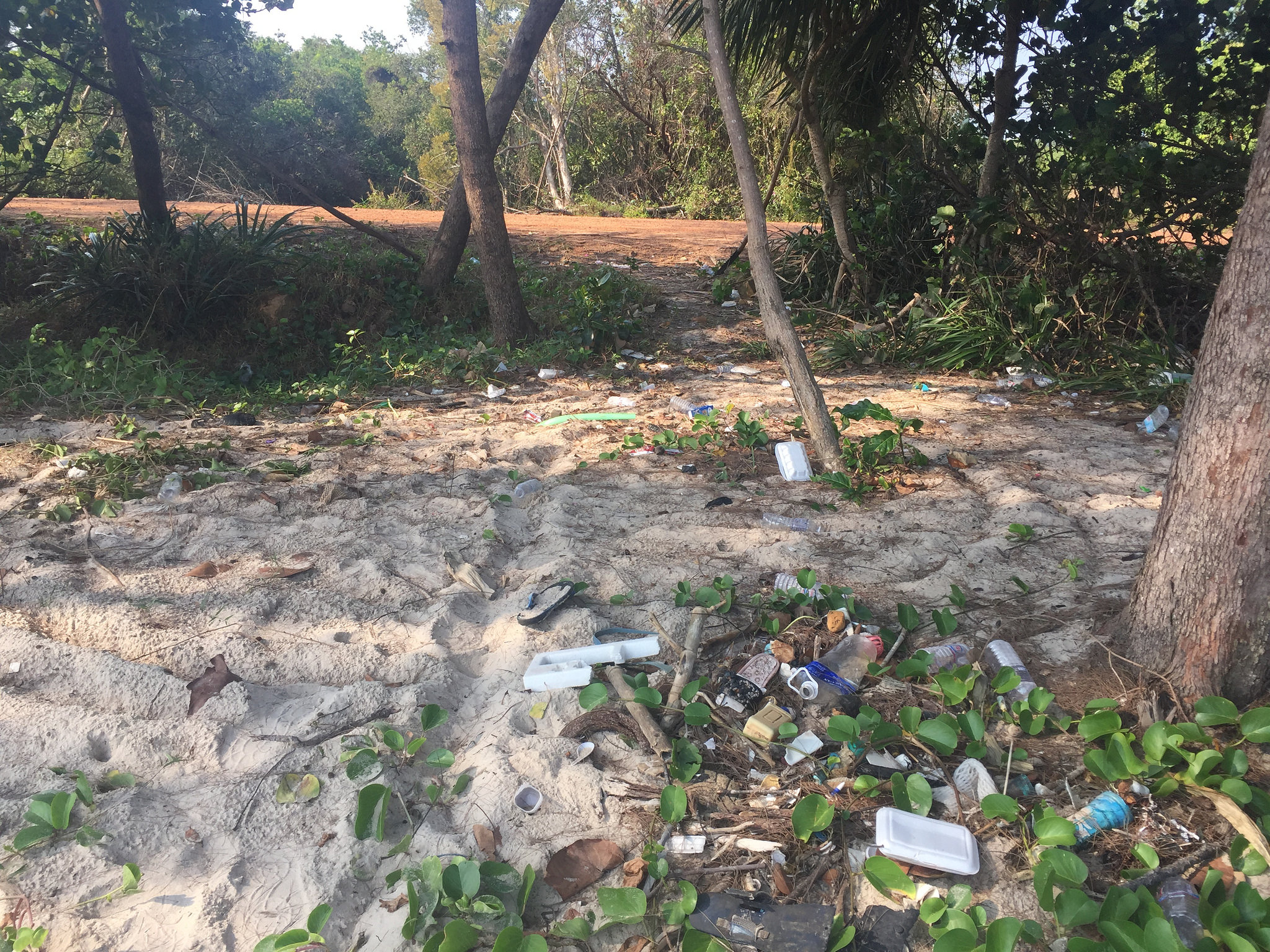
When we first started to see trash disposed of in this manner I was frustrated that people could be so careless with their waste. But then I started to think more about my own trash and I began to realize what an incredible privilege it is to live somewhere where all I have to do is put my garbage bags in a plastic bin behind my apartment and then someone comes to take it away and I never have to see or think about it again. Naively, I had always just assumed that this was how it worked everywhere in the world, but clearly it’s not.
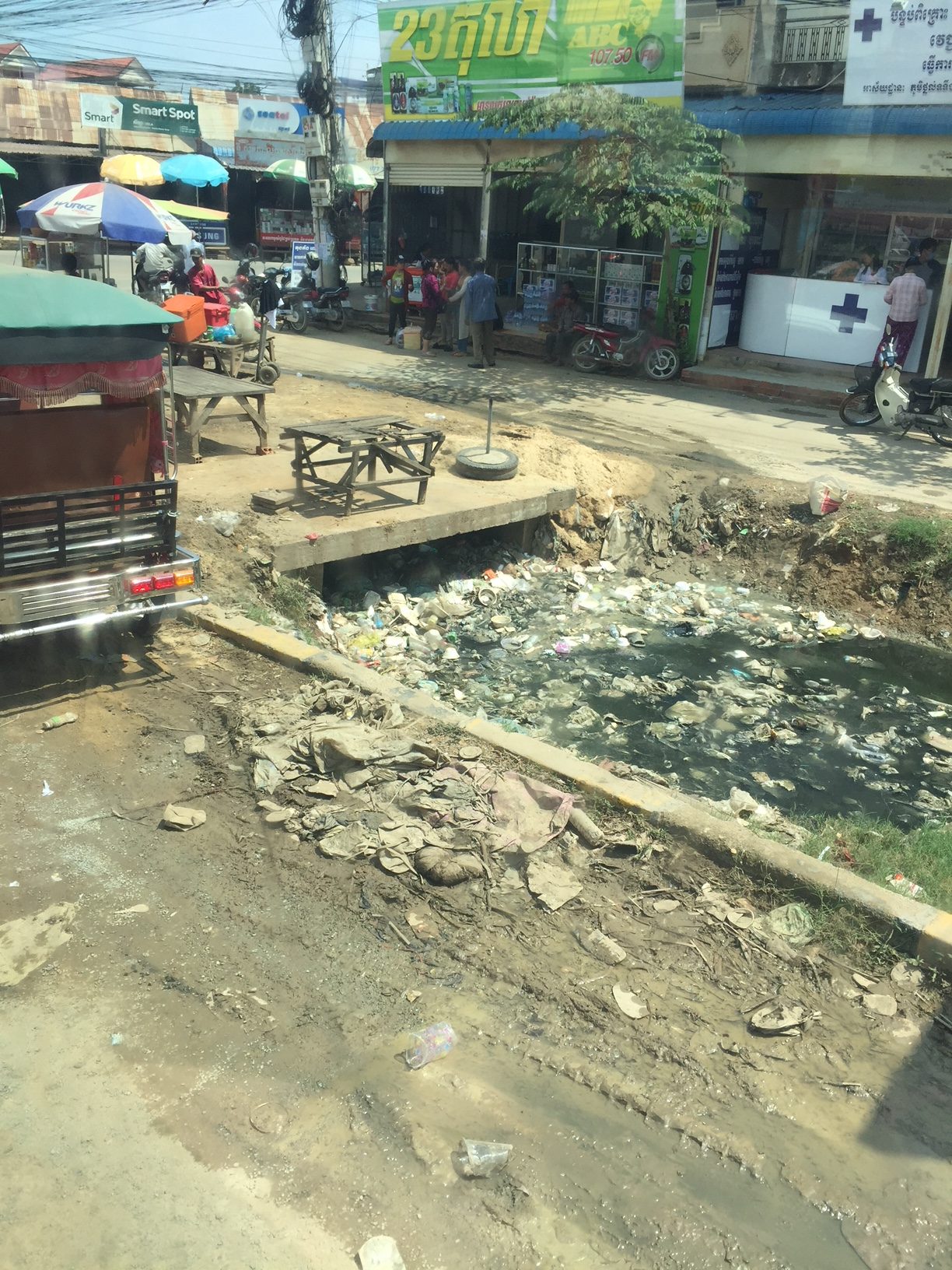
Coming face to face with so much man made waste also made me feel very small. I try to be environmentally conscious in my everyday life; we separate our trash from our recyclables and compostables and try to always bring our reusable bags to the grocery store. But in the face of SO MUCH trash and debris what does it matter if California bans plastic bags? How does this even make a drop in the bucket when in Vietnam everything you purchase is placed in it’s own little bag, including things that are already wrapped in plastic? It’s hard not to feel hopeless.
Paradoxically, it was also motivational. At the end of the day I can only control my own actions so I feel newly motivated to do better in my own life, to consume less and to be more conscious of what happens to the things I throw away. Dan and I have already talked about not buying our produce from Trader Joe’s anymore, as it is often wrapped in plastic, and trying to be better about browsing Craigslist for used items rather than mindlessly buying new things. I would love to hear other ideas about what we can do to be greener when we reestablish ourselves after this trip.
I hope that none of this comes accros as judgemental or critical of the Vietnamese or the Cambodians. The people of Southeast Asia reuse and recycle in ingenious ways – I saw a fence made out of used beer cans and bamboo pedestrian bridges that were tied together with plastic bags used as ropes. We saw glimmers of hope in eco-conscious cafes that serve their drinks with bamboo or stainless steel straws, something I’ve never seen even in the ultra-liberal Bay Area. Encouragingly, Laos, which is in many ways less developed than Vietnam and Cambodia, is also much cleaner. The local people we’ve met here seem much more aware of environmental issues and I suspect the fact that eco-tourism is big business here has had some influence on the leaders who have enacted a string of recent laws to protect the environment.
Being here has really made the fragility of our planet apparent to me. I had seen pictures of floating trash islands and have read about the effects of microplastics on sea-life but somehow it didn’t truly hit home until I was standing on that beach, watching the debris drift in and out on the waves. So for those of you who don’t get to see it for yourselves, please believe me: just because your local beach isn’t covered in trash and the air quality where you live seems fine does not mean that these problems are made up or that you can hide from them – the toll that humans are taking on this planet is very real and it will affect all of us.